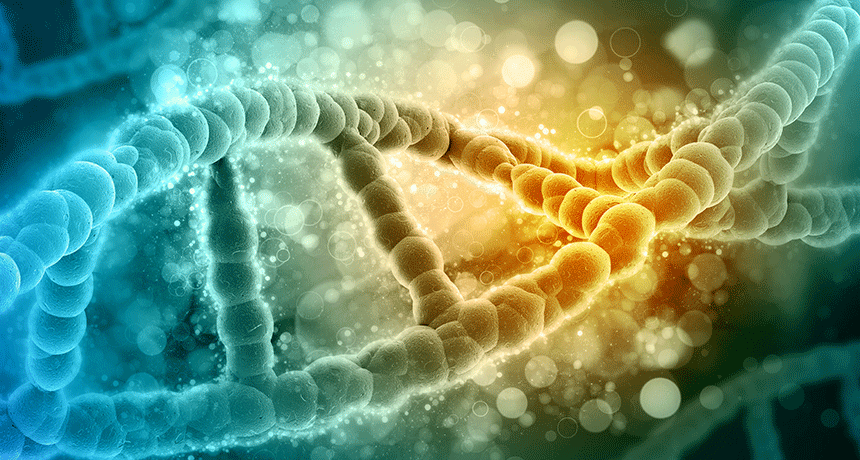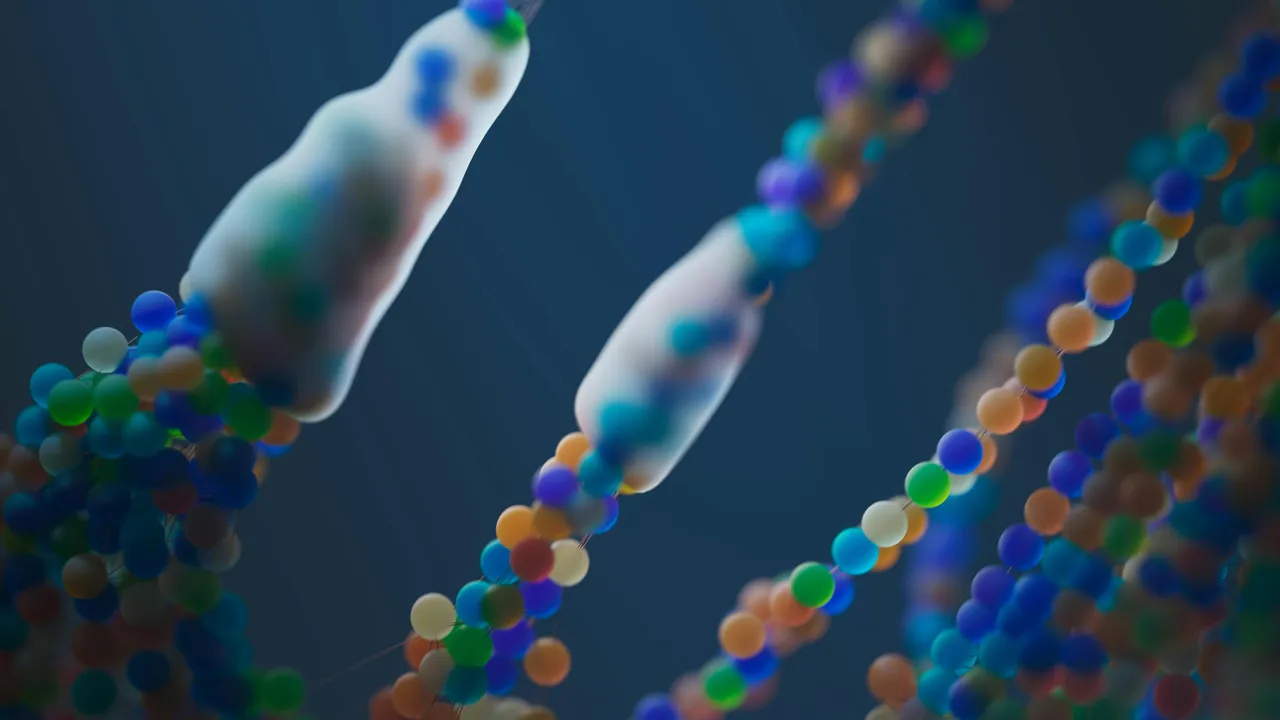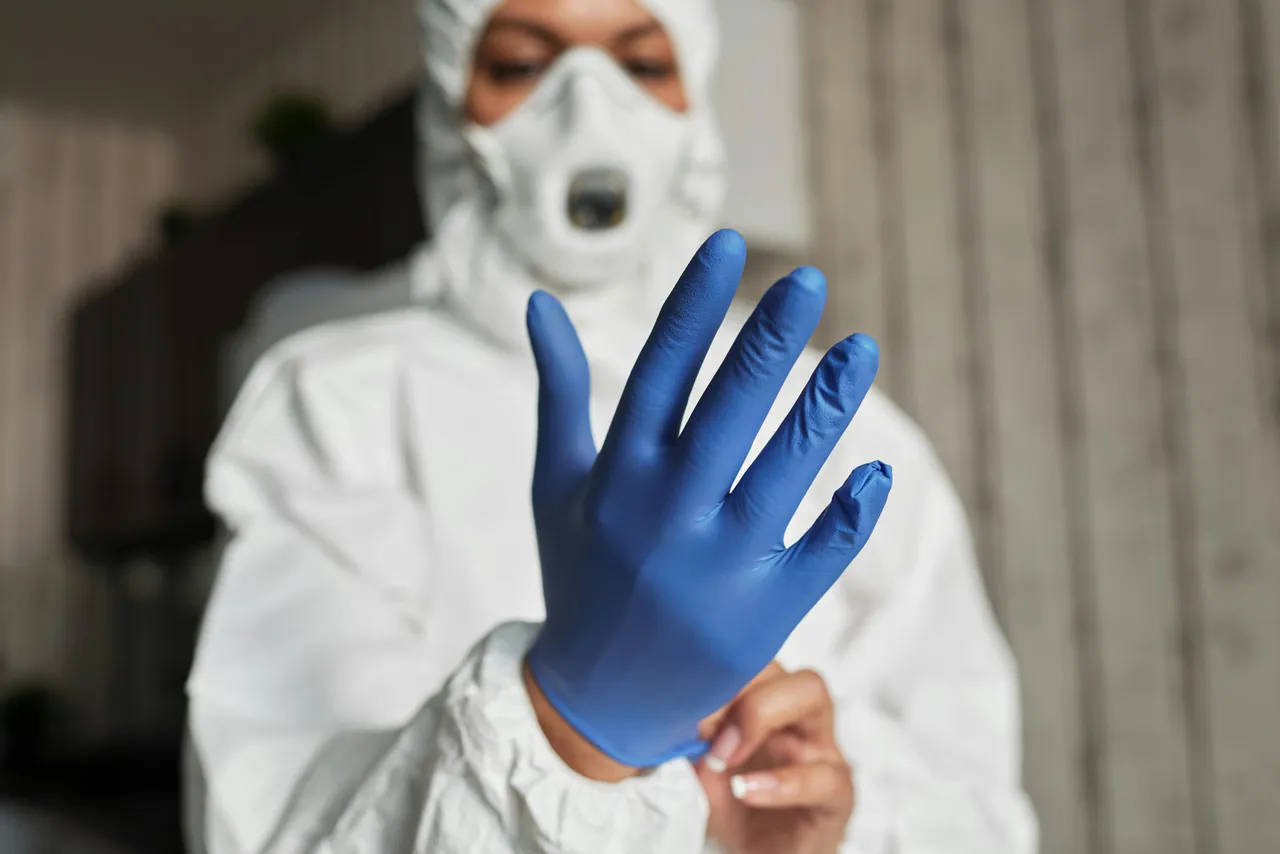
The rise of genome editing technologies—particularly CRISPR-Cas9—has revolutionized biomedical research. Once the realm of science fiction, we are now using genetic scissors not only to understand infectious diseases but to potentially cure or prevent them. But as science races ahead, the ethical debate lags behind. Where do we draw the line?
CRISPR in Infectious Disease: What’s Already Happening?
CRISPR (Clustered Regularly Interspaced Short Palindromic Repeats) allows scientists to target and cut DNA with precision. Its use in infectious disease is expanding rapidly:
HIV: In 2023, a Chinese study using CRISPR to excise latent HIV from T cells in mice showed a 58% reduction in viral DNA, a breakthrough in targeting the latent reservoir.
Hepatitis B: Researchers have used CRISPR to disable HBV cccDNA in hepatocytes, with up to 90% reduction in viral replication in vitro.
Malaria: CRISPR has been used to create genetically modified mosquitoes that are resistant to Plasmodium, the malaria parasite. Some field trials are underway in sub-Saharan Africa.

Therapeutic Potential
CRISPR offers game-changing potential:
Eradication of latent viruses, especially those like HSV and HIV that evade immune clearance.
Engineering resistance in human cells, such as using gene editing to remove CCR5—a receptor HIV uses to enter cells.
Vector control, by gene-driving populations of mosquitoes or ticks to reduce disease transmission.
But potential doesn't come without problems.

Where It Gets Complicated: Ethics & Risk
Germline Editing vs Somatic Editing
While most infectious disease therapies target somatic cells, editing the germline—cells that pass DNA to offspring—raises red flags. The infamous case of the first CRISPR-edited babies in China (2018) to resist HIV drew global outrage and resulted in jail time for the scientist involved.Unintended Consequences
Off-target effects remain a concern. A 2021 Nature Biotechnology paper reported off-target mutations in 5–15% of edited samples, which could lead to cancer or other chronic diseases.Equity and Access
Advanced gene therapies are expensive. Will CRISPR cures for HIV be available in sub-Saharan Africa, where 67% of global HIV cases are concentrated? The risk of widening global health inequities is real.Biosecurity Risks
CRISPR is dual-use. It can cure, but it can also be weaponized. Concerns about genetically modified pathogens are not unfounded in a post-COVID world.
Drawing the Line: What Experts Recommend
The 2024 WHO advisory on human genome editing emphasized:
"Therapeutic genome editing should prioritize safety, transparency, and equity, with strict global oversight."
Several bioethics bodies now support somatic editing for infectious diseases, under strict regulation, but oppose germline interventions until further safety data is available.
Conclusion
Genome editing holds unprecedented potential to reshape our fight against infectious diseases. But it’s not just a question of can we—it’s should we, and how do we? As we enter a CRISPR-powered era of medicine, the scientific community and society must work hand-in-hand to set boundaries that are as precise as the technology itself.